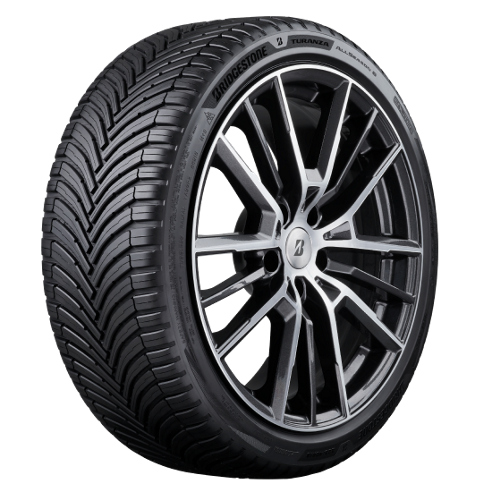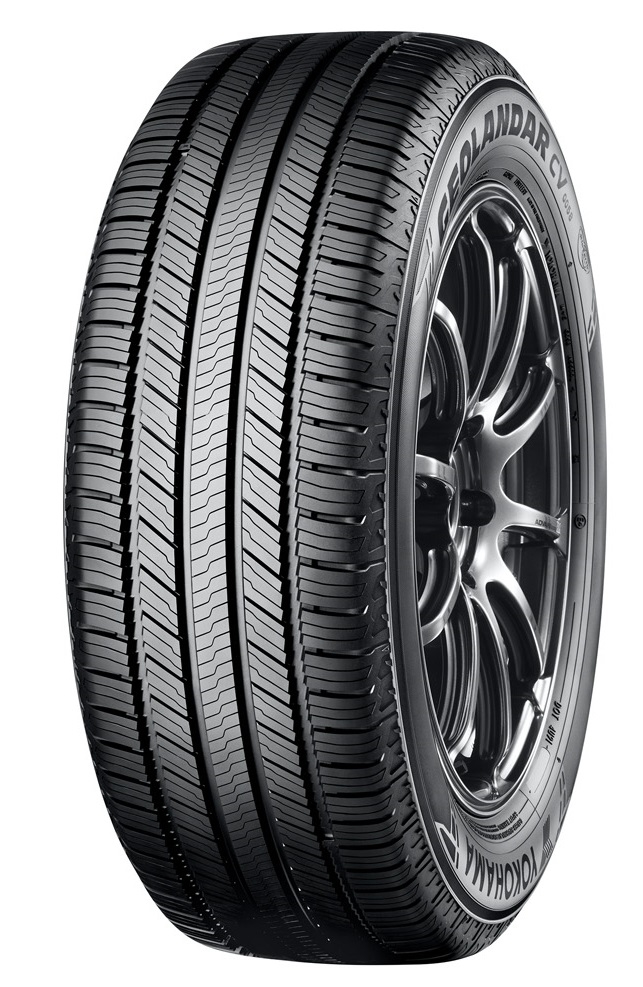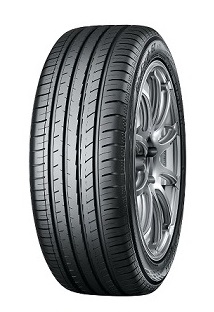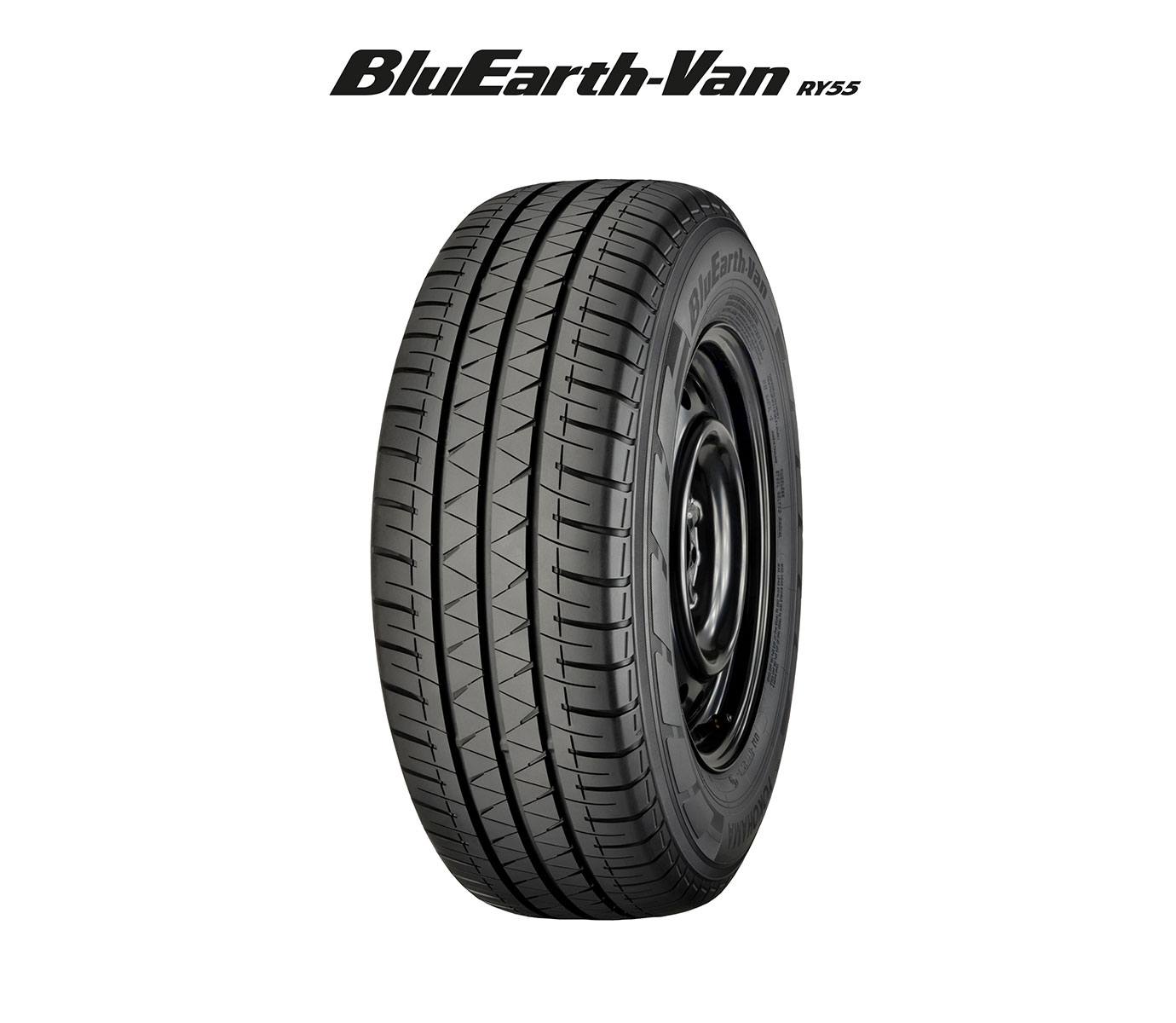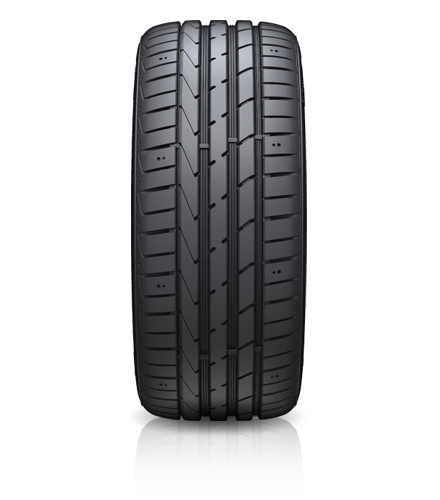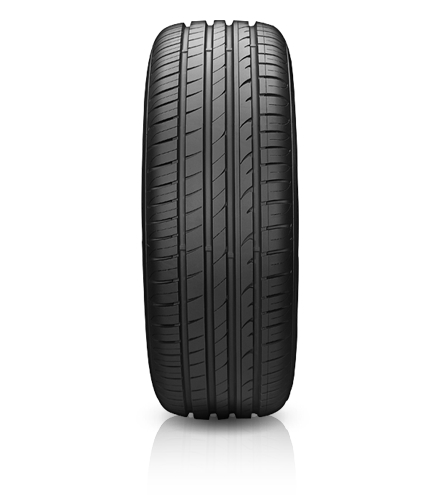Ride comfort is a known problem when fitting low profile tyres, but noise can be an issue too. Wide tyres can also contribute to excessive in-car noise. Some tyre makers combat this problem by fitting noise reducing materials within the tyre. But how effective are these solutions? Swedish motoring publication Vi Bilägare set out to answer this question.
The tyre noise we hear inside a car is caused by vibrations resulting from the tyre deforming and then regaining its shape as it rolls. The vibrations travel through the car’s suspension and chassis. They’re then experienced in the passenger compartment as a low-frequency resonance noise of about 225 Hz. Noise issues are more likely to plague low profile tyres as they lack the ‘buffer’ of a broad sidewall as the tyre deforms. Affixing a spongey polyurethane mat to the inside of the tyre helps reduce vibrations. This solution is now available for many tyre brands, typically at a price premium of around ten to 15 per cent.
Noise reducing vs standard tyres
The current issue of Vi Bilägare compares three sizes of noise-reducing tyre with their standard counterparts. The publication used blind testing procedures, with the testers unaware whether they were working with a set of standard or noise-cancelling tyres.
Tyre 1
The testers first examined the Pirelli P Zero, size 255/35 R20. The Volvo V90 wears this tyre in its Pirelli Noise Cancelling System (PNCS) guise as original equipment. The testers thus chose the Volvo for comparing the PNCS and standard tyres.
First up was a subjective appraisal of noise on both smooth and rough asphalt. Vi Bilägare recruited a 30-year-old and a 60-year-old for this task to cover any age-related changes of hearing.
Neither tester could identify which tyre was fitted when driving on smooth tarmac. Both estimated vehicle speed on the rougher surface to be “lower” when travelling on PNCS tyres, with 110k/h feeling like 90km/h. The testers commented that noise-cancelling technology works most effectively when driving at speed on rougher asphalt.
Vi Bilägare then measured noise using a sound level meter (Brül & Kjaer 2260 Investigator). The noise difference on the smooth asphalt was just 0.2 dB at 70km/h and 0.4 dB at 90km/h and 110km/h. As expected, the difference was greater on the rough surface. The standard tyre was 0.8 dB louder at the two lower speeds. The difference decreased to 0.6 dB at 110km/h.
Tyre 2
Vi Bilägare also pressed the Volvo V90 D4 AWD R-Design into duty for testing the second tyre size. Its testers fitted the car with Goodyear Eagle F1 Asymmetric 3 tyres in size 225/55 R17. We’d expect less benefit from noise-reducing foam in a tyre with a broader sidewall, and this is what we saw. Both the younger and more senior Vi Bilägare tester failed to correctly identify which tyre version they were testing, even on rough asphalt. “The sound meter later shows an actual difference, but with the 17-inch wheels the road noise is already so low that it has no significance for the perceived comfort”, comments the magazine.
The sound level meter detected a 0.2 dB difference between the Goodyear tyres with SoundComfort Technology and those without at 70, 90 and 110km/h on smooth asphalt. It picked up the same difference for the two lower speeds on rough asphalt, increasing to 0.4 dB at 110km/h.
Tyre 3
With on-road prices in the UK beginning north of £50k, the Volvo V90 isn’t a cheap car. That kind of money buys decent in-car insulation, so the Vi Bilägare team was curious to discover how lower-priced cars with less sound insulation could benefit from noise-reducing technology. For this, they turned to the Ford Focus Active 1.0T. They fitted the test car with Goodyear EfficientGrip Performance tyres in size 215/55 R16.
While simply swapping the 20-inch fitment for smaller rim, broader sidewall tyres sorted most Volvo noise issues, sound-reducing tyres improved the Focus’s in-car comfort. The Vi Bilägare testers heard a difference even on smooth asphalt. They describe the improvement that noise-reducing tyres deliver on rough asphalt at 110km/h as “significant”.
“With the SoundComfort tyre, the driver and rear passenger can talk to each other without having to raise their voices. It is not only the tyre noise around 200-250 Hz that has decreased, the reduced tyre vibration also gives a sound improvement in several frequency ranges that travels up through the car chassis. The harsh infra sounds at about 80 Hz are lowered and the pressure against the eardrums, which exists with the standard tyre, has disappeared”.
The sound level meter recorded a 0.6 dB difference at 70km/h on smooth asphalt, increasing to 1.2 dB at 90km/h and 110km/h. The difference on rough asphalt was 1.6 dB at 70km/h and 110km/h but dropped to 0.6 dB at 90km/h.
“In total, the cabin noise fell by 1.6 dB on rough asphalt at 110 km/h. When analysing the sound character, the sound volume has decreased by 2.1 dB in the 200–250 Hz frequency band. When we release the gas and coast with silent motor from 110 km/h, the silent tyres produce as much as 3,4 dB lower road noise at 200-250 Hz”, comments Vi Bilägare.
Noise reduction depends on the tyre – and the car
Tyre makers tend to view larger, low profile tyre sizes as the best candidates for noise reduction technology. It’s easy to reduce noise in these products, regardless of vehicle make and model. But Vi Bilägare’s experience shows that cars further down the automotive food chain – vehicles fitted with 17-, 16- and even 15-inch tyre sizes – can benefit greatly from insulating tyre foam.
“Noise-cancelling technology works and actually provides better comfort – under the right conditions”, elaborates the Swedish motoring magazine. “It improves the sound level of large low-profile tyres, but on a well-soundproofed premium car it has no appreciable effect in smaller sizes. The technology works, but the road noise is already so low that other noise sources are more disturbing”. But the technology should by no means be limited to low profile tyres: “We do see a strong need for noise-cancelling tyres also for smaller sizes. Not to Audi, Tesla or Volvo, but to cars like Ford, Kia, Mazda, Toyota and other cheaper volume cars”.
As an aside, Vi Bilägare also points out that the soundbars and decibel value given on a tyre’s EU label bear no relation to the values it measured. This reference value only indicates the sound level outside the car.


